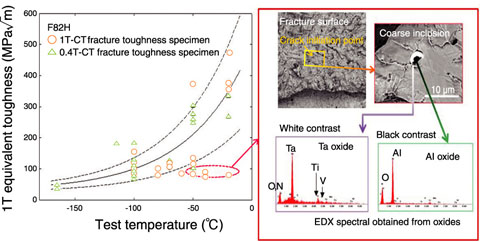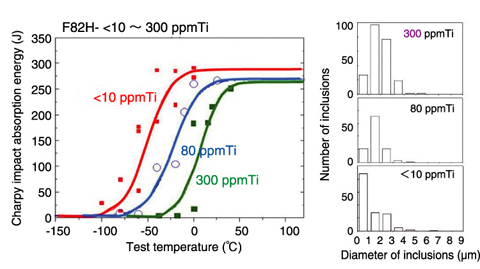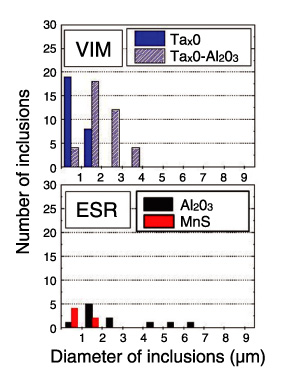
Fig.3-26 The influence of inclusions on the toughness of F82H

Fig.3-27 The impact of Ti contamination level in F82H

Fig.3-28 Inclusion removal by ESR
Reduced activation ferritic/martensitic (RAFM) steels are recognized as the primary candidate structural materials for fusion blanket systems, based on massive industrial experience with high chromium heat resistant steels and its high resistance to irradiation effects. F82H (Fe-8Cr-2W-0.2V-0.04Ta-0.1C) was designed with an emphasis on high temperature properties and weldability, and now F82H has the most extensive database among RAFM steels.
Ta, which is not used as an additive in conventional steels, is used to provide toughness and creep strength. A recent study revealed that Ta had formed coarse inclusions, which are a compound oxide of Al oxide and Ta oxide with Ti and N, and which have an undesirable influence on the toughness and fatigue properties (Fig.3-26).
Based on the fact that the coarse inclusions contained Ti, the impact of the Ti contamination level in F82H was examined, and improvement of the Charpy impact property and reduction of coarse inclusion formation were proven (Fig.3-27). Electroslag remelting (ESR) was also implemented as a secondary refinement after vacuum induction melting (VIM), and it was proven that ESR could remove Ta rich inclusions (Fig.3-28).